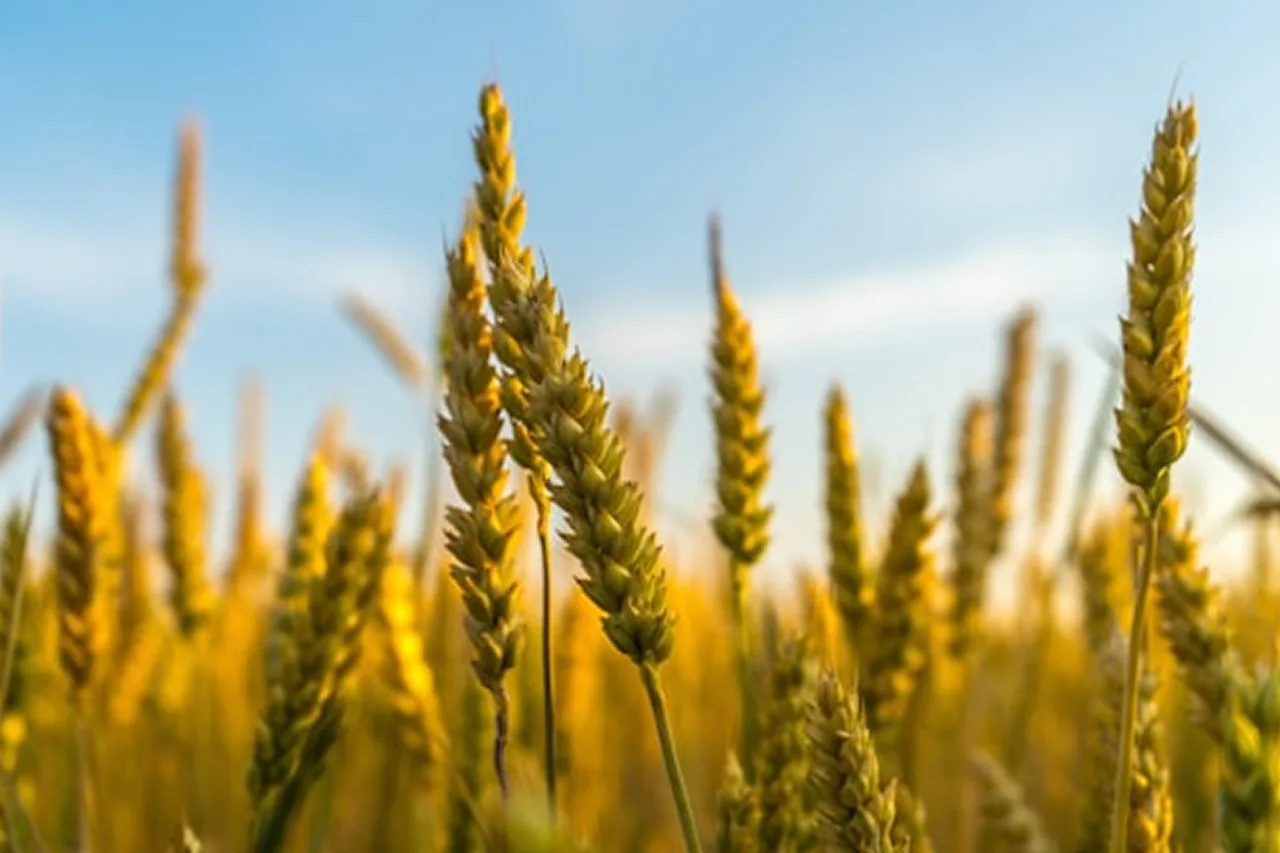In recent years, the agricultural industry has faced numerous challenges, from unpredictable weather patterns to soil degradation and the constant need to feed a growing global population. With these issues in mind, farmers and researchers have been exploring new solutions to improve crop productivity while ensuring environmental sustainability. One such solution that has gained traction is the use of advanced biostimulants.
What Are Biostimulants?
Biostimulants are natural or synthetic substances that enhance plant growth and development by improving physiological processes, such as nutrient uptake, stress tolerance, and root development. Unlike traditional fertilizers, which provide essential nutrients to plants, biostimulants work by stimulating the plant’s natural biological processes to optimize its overall health and yield.
How Do Biostimulants Improve Crop Yields?
1. Enhanced Nutrient Uptake
Advanced biostimulants can improve the plant’s ability to absorb nutrients from the soil, even in less-than-ideal growing conditions. This means that crops are less dependent on chemical fertilizers, leading to healthier plants with more robust yields.
2. Increased Stress Tolerance
Crop stress due to environmental factors such as drought, heat, or salinity can significantly reduce yields. Biostimulants help plants adapt to these stressors by enhancing their natural defense mechanisms, resulting in stronger plants and higher productivity.
3. Improved Soil Health
Some biostimulants contribute to improved soil health by promoting beneficial microbial activity. These microbes break down organic matter, making nutrients more accessible to plants. Healthier soil leads to healthier crops and, ultimately, better yields.
4. Better Root Development
Advanced biostimulants can promote stronger and more extensive root systems. Healthy roots are essential for nutrient and water absorption, leading to better crop growth and higher yields.
5. Enhanced Photosynthesis
Certain biostimulants can increase photosynthetic efficiency, helping plants convert more sunlight into energy. This results in faster growth and increased yields over time.
Types of Biostimulants Used in Agriculture
There are several different types of biostimulants used to boost crop yields, including:
• Humic Substances
Derived from organic matter, these biostimulants improve nutrient availability and soil structure, promoting overall plant health.
• Seaweed Extracts
Rich in essential minerals and growth hormones, seaweed extracts stimulate plant growth and stress resistance.
• Amino Acids
These building blocks of proteins enhance nutrient absorption and aid in stress recovery.
• Microbial Inoculants
These contain beneficial microorganisms that improve soil health and increase nutrient uptake.
The Future of Biostimulants in Agriculture
As the demand for sustainable farming practices increases, biostimulants will play a critical role in shaping the future of agriculture. With advances in biotechnology, researchers are developing more targeted biostimulant products that are tailored to specific crops and environmental conditions, further enhancing their effectiveness.
Moreover, biostimulants present an opportunity for farmers to reduce their reliance on chemical fertilizers and pesticides, promoting a healthier and more eco-friendly agricultural system. By boosting crop yields naturally, biostimulants can help ensure food security while protecting the planet for future generations.
Conclusion
Boosting crop yields through advanced biostimulants is an exciting development in the world of agriculture. By improving nutrient uptake, increasing stress tolerance, enhancing soil health, and promoting better root and photosynthetic performance, biostimulants are revolutionizing the way we grow food. As research continues to evolve, these innovative products will help farmers boost yields, improve crop quality, and contribute to the sustainability of global agriculture.




